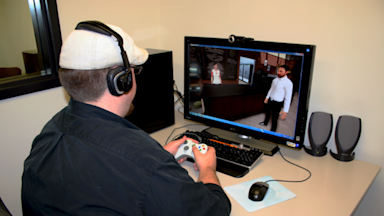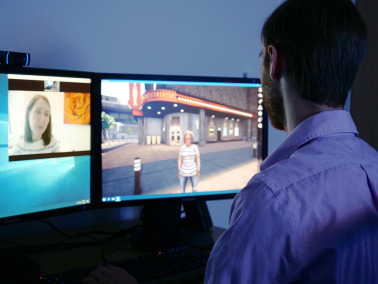- Theory of mind, or the ability to realize the intention of others, is often lacking in individuals with autism. After the intervention, the part of the brain associated with socio-cognitive processing showed an increased activation of social stimuli compared to non-social stimuli.
- The brain area responsible for socio-emotional processing showed individual gains in emotion recognition with decreased activation to social versus non-social stimuli. Thus, those that showed increased recognition of emotions paid more attention to social stimuli than non-social stimuli.
- The part of the brain for visual attention showed significantly decreased activation to non-social versus social stimuli across all participants.

Center for BrainHealth
Share this article
Sandra Bond Chapman, PhD
Chief Director Dee Wyly Distinguished Professor, School of Behavioral and Brain Sciences Co-Leader, The BrainHealth Project
Tandra Allen, MS, CCC-SLP
Assistant Director of Research
Related Information
